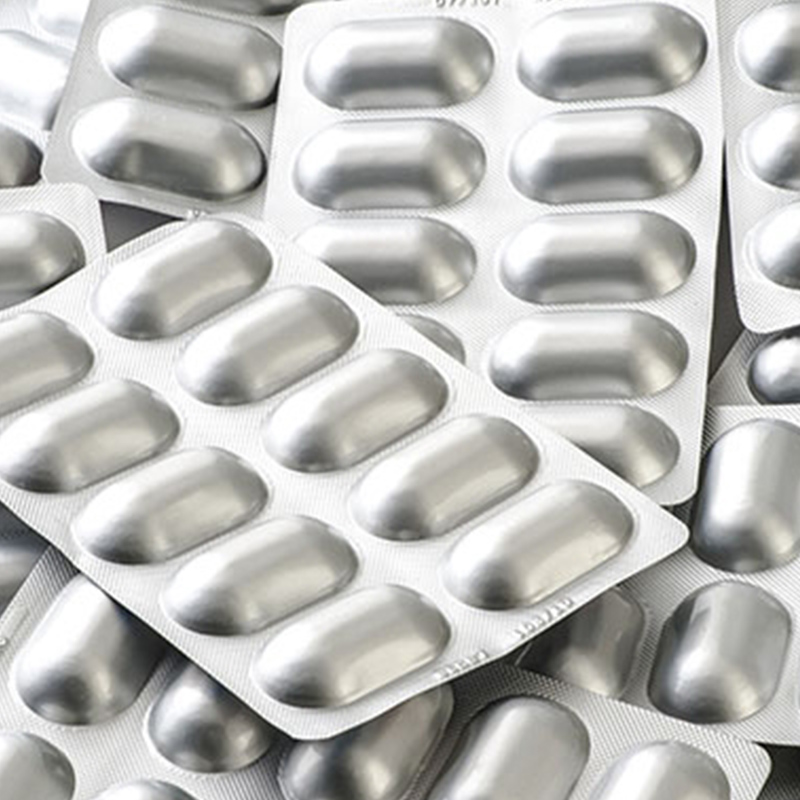
The Science and Application of PVC Cold Aluminum Film in Modern Medicine Packaging
2025-03-07 16:49Introduction: The Unsung Hero of Pharmaceutical Packaging
In the world of pharmaceuticals, where precision, safety, and reliability reign supreme, packaging plays a pivotal role in ensuring that medications reach patients in their intended form. Among the myriad materials used, 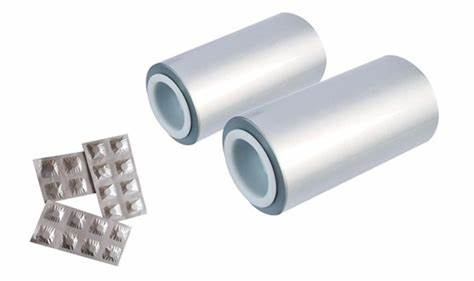 PVC cold aluminum film stands out as a versatile and indispensable component in blister packaging. This multilayered marvel, often overshadowed by more glamorous innovations, quietly safeguards tablets, capsules, and other sensitive dosage forms from environmental threats like moisture, oxygen, and light. But what exactly is PVC cold aluminum film, and why has it become a cornerstone of modern pharmaceutical packaging? In this article, we’ll dive deep into its characteristics, explore its applications in blister packaging, and uncover the reasons behind its widespread adoption.
PVC cold aluminum film stands out as a versatile and indispensable component in blister packaging. This multilayered marvel, often overshadowed by more glamorous innovations, quietly safeguards tablets, capsules, and other sensitive dosage forms from environmental threats like moisture, oxygen, and light. But what exactly is PVC cold aluminum film, and why has it become a cornerstone of modern pharmaceutical packaging? In this article, we’ll dive deep into its characteristics, explore its applications in blister packaging, and uncover the reasons behind its widespread adoption.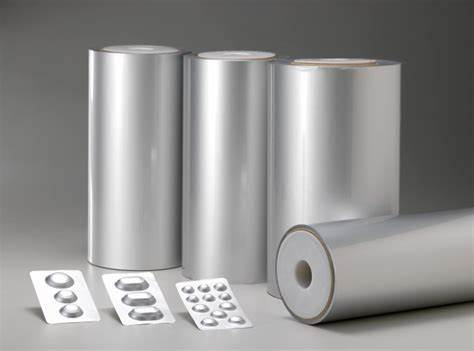
Blister packaging, with its individual cavities for each dose, has revolutionized how medications are stored, dispensed, and consumed. Within this domain, PVC cold aluminum film—commonly known as cold-formed foil or Alu-Alu film—offers a robust solution for protecting highly sensitive drugs. Unlike traditional thermoformed PVC blisters, which rely on heat to shape the plastic, PVC cold aluminum film is crafted through a cold-forming process, marrying the flexibility of polyvinyl chloride (PVC) with the impermeability of aluminum. This unique combination yields a material that excels in barrier performance, durability, and adaptability, making it a preferred choice for pharmaceutical manufacturers worldwide.
Section 1: Understanding PVC Cold Aluminum Film – Composition and Structure
To appreciate the significance of PVC cold aluminum film, we must first dissect its composition. At its core, this material is a laminate, typically consisting of three key layers: oriented polyamide (OPA or nylon), aluminum foil, and PVC. Each layer contributes distinct properties that, when combined, create a synergistic effect tailored to the demands of pharmaceutical packaging.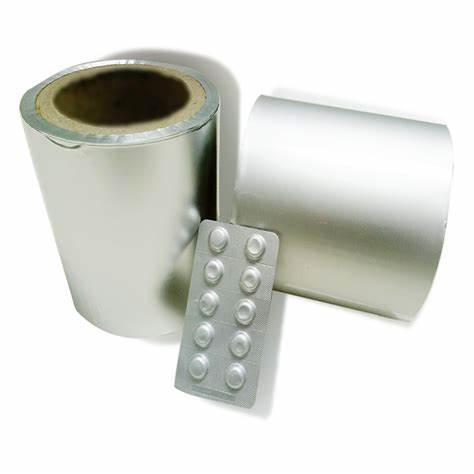
1.1 The Layers of PVC Cold Aluminum Film
Oriented Polyamide (OPA): The outermost layer, OPA, is a tough, flexible polymer known for its excellent tensile strength and formability. This layer acts as a protective shield, enhancing the film’s ability to withstand mechanical stress during the cold-forming process and subsequent handling. Its multiplanar forming characteristics allow the film to be stretched into deep cavities without tearing, a critical feature for creating blister pockets.
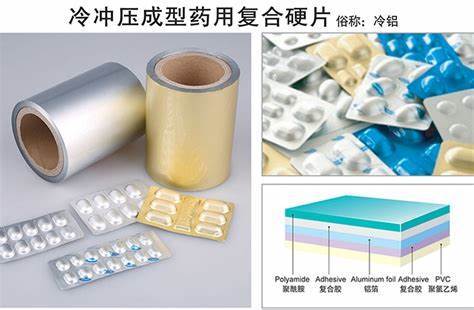
Aluminum Foil: Sandwiched in the middle, the aluminum layer is the heart of PVC cold aluminum film’s barrier prowess. With a thickness typically ranging from 45 to 60 micrometers, this foil provides an almost impenetrable shield against moisture, oxygen, light, and other external factors that could degrade pharmaceutical products. Aluminum’s impermeability is what sets PVC cold aluminum film apart from traditional PVC blisters, which offer only moderate protection.
Polyvinyl Chloride (PVC): The innermost layer, PVC, serves as the contact surface for the medication. This rigid, inert polymer is chosen for its chemical stability and compatibility with a wide range of drugs. Unlike flexible PVC used in other applications, the PVC in this film is unplasticized, ensuring it remains stiff and structurally sound while avoiding any risk of leaching harmful substances into the medication.
1.2 The Cold-Forming Process
Unlike thermoforming, which heats plastic to a pliable state, the production of PVC cold aluminum film relies on a mechanical cold-forming technique. During this process, the laminate is pressed into a mold using a stamp or forming pins, shaping it into blister cavities without the application of heat. This method preserves the integrity of the aluminum layer, preventing thermal degradation and ensuring uniform thickness across the film. The result is a series of precisely formed pockets, each capable of cradling a single dose of medication securely.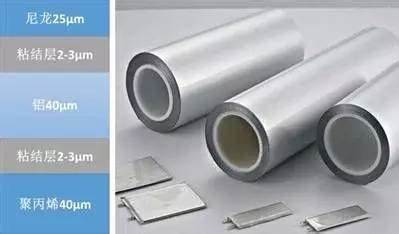
The cold-forming process, while slower than thermoforming, offers unparalleled precision and strength. The absence of heat eliminates the risk of warping or weakening the material, making PVC cold aluminum film ideal for applications where structural integrity is non-negotiable. However, this method also introduces unique challenges, such as the need for larger cavity sizes due to aluminum’s limited flexibility, which we’ll explore later.